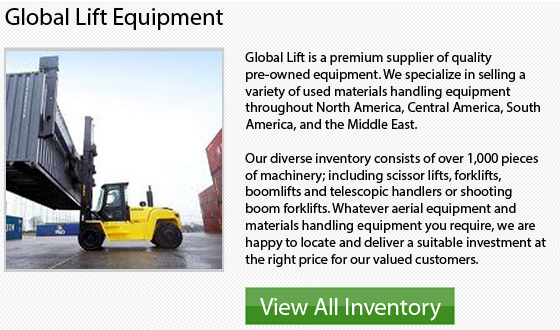
Early History
During the early part of the 1960s, the government of South Korea started a new economic strategy that requires the conglomerates, or chaebols, to focus on increasing production for export. A series of five year plans laid out the policy for decreasing South Korea's trade deficit while strengthening local production. This was a plan which had already been successfully used y both the Far East competitors of South Korea, Hong Kong and Taiwan. Daewoo had a significant part in this effort to improve the importance of South Korea's exports.
The government of South Korea sponsored cheap loans for chaebols producing goods for export. Daewoo benefited from the loans when it began trading during 1967. This was at the beginning of the second five-year plan. Daewoo capitalized on the large labor force of the nation, its primary asset. By focusing on labour-intensive businesses, such as clothing and textile, the business generated high profits. The corporation's factory in Pusan produced 3.6 million shirts on a monthly basis. Furthermore, the corporation manufactured simple manufacturing equipment, which were labour intensive as well. In this time, Daewoo helped to boost the level of South Korea's exports, that were growing almost 40 percent per year.
Once the demand for labour pushed wages up, the comparative advantage in labor-intensive production in Korea began to decline. Competition from both malasya and Thailand forced Korea to refocus its energies on other businesses, like shipbuilding, petrochemicals, mechanical and electrical engineering, and construction. This specific phase of the nation's economic recovery lasted from the year 1973 to nineteen eighty one. This took place at the same time as the US announced its plans to completely withdraw its peacekeeping forces from the country. The new emphasis in manufacturing was intended to further expand Korea's exports while simultaneously manufacturing parts which previously had to be imported. Local components manufacturing helped to strengthen domestic industries and make possible a national defense industry.